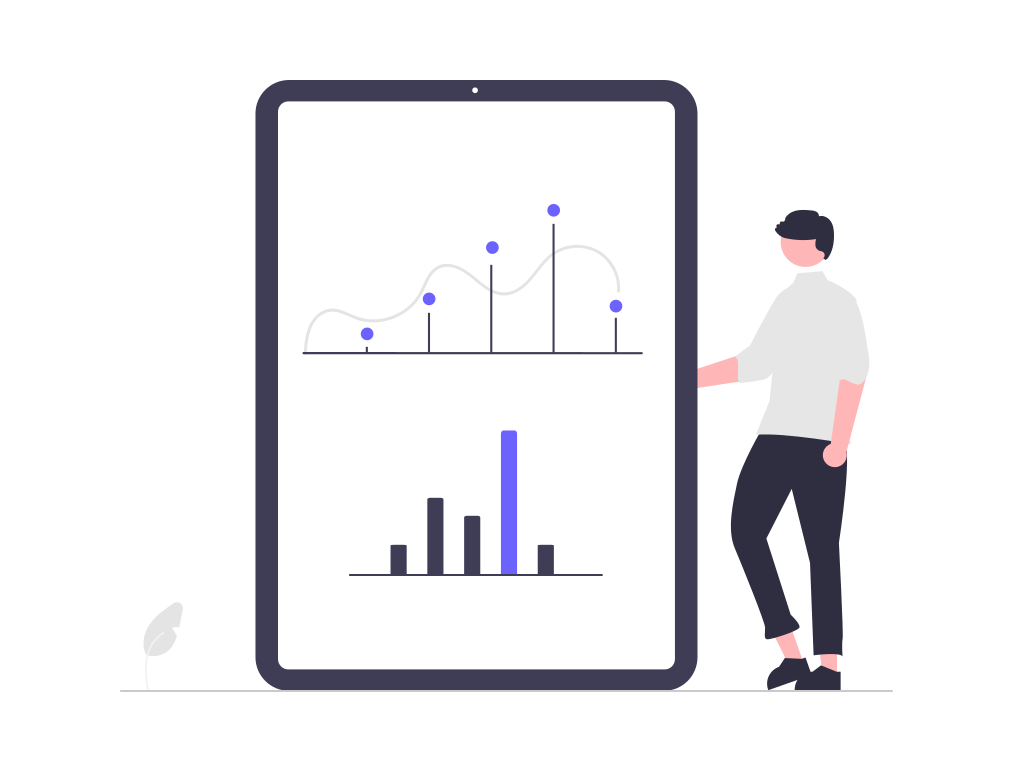The power of integrated data insights is transforming how businesses approach their marketing strategies. In a world where information is abundant, the ability to harness data from multiple sources and derive actionable insights is a game-changer. This blog delves into how integrated data insights can optimize marketing strategies, driving better engagement, efficiency, and results.
The Foundation of Integrated Data Insights
Integrated data insights are derived from combining data collected from various channels and platforms. This process involves aggregating, analyzing, and interpreting data to uncover patterns, trends, and actionable intelligence. The ultimate goal is to create a cohesive understanding of the market, customer behavior, and campaign performance.
Key Benefits of Integrated Data Insights for Marketing
Enhanced Customer Understanding
Integrated data provides a comprehensive view of the customer journey. By analyzing data from social media, email campaigns, website interactions, and more, marketers can gain a deeper understanding of customer preferences, behaviors, and needs. This holistic perspective enables personalized marketing efforts that resonate more effectively with the target audience.
Improved Campaign Performance
With integrated data insights, marketers can track and measure the performance of their campaigns across multiple channels. This unified approach allows for real-time adjustments and optimizations, ensuring that resources are allocated to the most effective strategies. The result is increased ROI and more successful marketing initiatives.
Streamlined Marketing Operations
Data integration simplifies marketing operations by consolidating information into a single, accessible platform. This reduces the time spent on manual data collection and analysis, allowing marketing teams to focus on strategic planning and execution. The streamlined process leads to greater efficiency and productivity.
Steps to Implementing Integrated Data Insights
1. Identify Data Sources
Begin by identifying all the relevant data sources that can provide valuable insights. These may include CRM systems, web analytics tools, social media platforms, email marketing software, and more. Ensure that the chosen sources cover all aspects of the customer journey and marketing activities.
2. Centralize Data Collection
Use data integration tools to centralize the collection of information from various sources. This involves setting up connectors and APIs that automatically pull data into a single platform. Centralized data collection ensures consistency and facilitates easier analysis.
3. Leverage Advanced Analytics
Employ advanced analytics techniques to process and interpret the integrated data. Machine learning algorithms, predictive modeling, and data visualization tools can help uncover hidden patterns and trends. These insights can inform strategic decisions and campaign adjustments.
4. Foster a Data-Driven Culture
Encourage a data-driven culture within the marketing team and the broader organization. This involves training team members to use data integration tools, interpret analytics, and make data-informed decisions. A data-driven mindset ensures that insights are effectively utilized to optimize marketing strategies.
Future Trends in Data-Driven Marketing
As technology continues to evolve, several trends are shaping the future of data-driven marketing:
AI-Powered Insights
Artificial intelligence (AI) is revolutionizing data analytics by enabling more sophisticated and accurate insights. AI-powered tools can analyze vast amounts of data in real-time, providing marketers with actionable intelligence faster than ever before.
Predictive Analytics
Predictive analytics uses historical data to forecast future trends and behaviors. By leveraging predictive models, marketers can anticipate customer needs and preferences, allowing for proactive and targeted marketing efforts.
Enhanced Personalization
Integrated data insights enable hyper-personalization, where marketing messages are tailored to individual customers based on their unique behaviors and preferences. This level of personalization increases engagement and conversion rates.
Conclusion
Optimizing marketing strategies with integrated data insights is essential for businesses looking to thrive in today's competitive landscape. By harnessing the power of integrated data, marketers can gain a deeper understanding of their audience, improve campaign performance, and streamline operations. Embracing advanced analytics and fostering a data-driven culture will ensure that organizations stay ahead of the curve and achieve their marketing goals.


